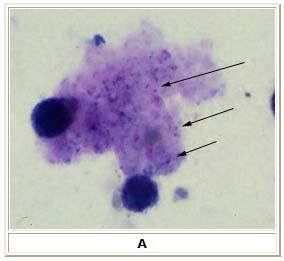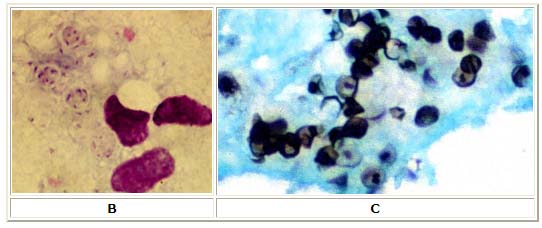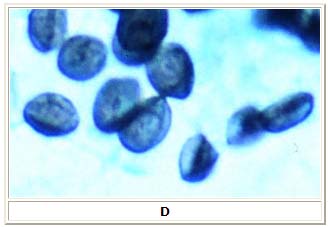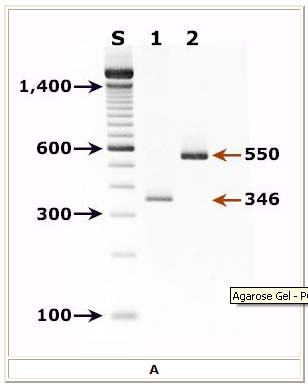Pneumocystis jirovecii pneumonia laboratory tests
|
Pneumocystis jirovecii pneumonia Microchapters |
|
Differentiating Pneumocystis jirovecii pneumonia from other Diseases |
|
Diagnosis |
|
Treatment |
|
Case Studies |
|
Pneumocystis jirovecii pneumonia laboratory tests On the Web |
|
American Roentgen Ray Society Images of Pneumocystis jirovecii pneumonia laboratory tests |
|
Pneumocystis jirovecii pneumonia laboratory tests in the news |
|
Risk calculators and risk factors for Pneumocystis jirovecii pneumonia laboratory tests |
Editor-In-Chief: C. Michael Gibson, M.S., M.D. [1]
Overview
The specific diagnosis is based on identification of P. jirovecii in bronchopulmonary secretions obtained as induced sputum or bronchoalveolar lavage (BAL) material. In situations where these two techniques cannot be used, transbronchial biopsy or open lung biopsy may prove necessary. Microscopic identification of P. jiroveci trophozoites and cysts is performed with stains that demonstrate either the nuclei of trophozoites and intracystic stages (such as Giemsa) or the cyst walls (such as the silver stains). In addition, immunofluorescence microscopy using monoclonal antibodies can identify the organisms with higher sensitivity than conventional microscopy.
Laboratory Findings
Microscopic

A: Pneumocystis jirovecii trophozoites in bronchoalveolar lavage (BAL) material. Giemsa stain. The trophozoites are small (size: 1 to 5 µm), and only their nuclei, stained purple, are visible (arrows). AIDS patient seen in Atlanta, Georgia.

Pneumocystis jirovecii cysts
B: 3 cysts in bronchoalveolar material, Giemsa stain; the rounded cysts (size 4 to 7 µm) contain 6 to 8 intracystic bodies, whose nuclei are stained by Giemsa; the walls of the cysts are not stained; note the presence of several smaller, isolated trophozoites.
C: Cysts in lung tissue, silver stain; the walls of the cysts are stained black; the intracystic bodies are not visible with this stain; baby who died with pneumonia in California.

D: Pneumocystis jirovecii cysts in bronchoalveolar lavage material; silver stain; this greater magnification shows the irregular, saucer shape of the cysts.

E: Indirect immunofluorescence using monoclonal antibodies against Pneumocystis jirovecii. Specimen from a patient with AIDS, seen in Georgia.
Molecular

Molecular methods for detection of P. jirovecii have shown very high sensitivity and specificity and constitute the gold standard for detection of this pathogen.
A: Agarose gel (2%) analysis of PCR-amplified products from DNA extracted from a bronchoalveolar lavage (BAL) diagnostic specimen of a patient with pulmonary symptoms.
- Lane S: Molecular base pair standard (100-bp ladder). Black arrows show the size of standard bands.
- Lane 1: Single step PCR amplification with the pAZ102-E/pAZ102-H primer pair1 - diagnostic band size: 346 bp.
- Lane 2: Nested PCR amplification with the ITS nested PCR primers, 1724F/ITS2R (first round) and ITS1F/ITS2R1 (second round)2 -diagnostic band size: 550 bp.